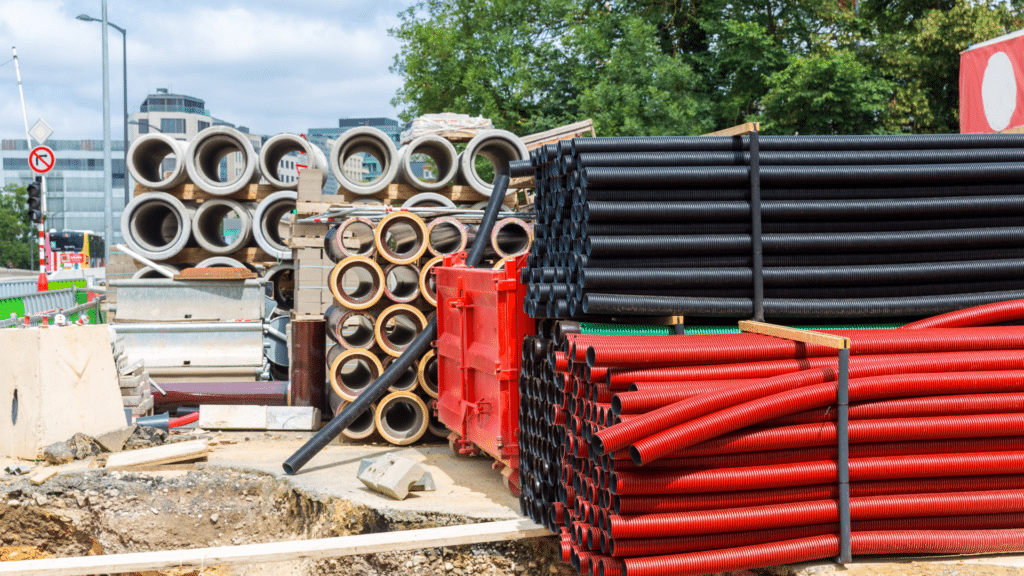Prices of construction materials rise at slowest pace in 6 years

Wholesale prices of building supplies in Metro Manila rose to their slowest pace in over six years, while retail costs have remained steady, according to the Philippine Statistics Authority (PSA) on Monday.
The PSA said the construction materials wholesale price index eased to 0.3 percent year-on-year in August, slower than the 0.5 percent growth in July. This was also slower compared to 5.6 percent in the same period last year.
For the eight months to August, the index averaged 0.7 percent, slower than the 7.1 percent in the same period last year.
Michael Ricafort, chief economist at Rizal Commercial Banking Corp., attributed the tepid growth primarily to the economic slowdown in China, the world’s largest importer of oil and other major commodities.
“Economic slowdown in China led to lower world prices of raw materials or inputs for various construction materials,” Ricafort said.
READ: Price growth of building materials quickens in July — PSA
Article continues after this advertisementThe statistics agency attributed the sluggish growth to the 0.3-percent increase in metal product prices in August, which was also slower compared with the 1.1 percent in the previous month.
Article continues after this advertisementHardware prices crawled by just 0.9 percent, also slower than the 2.6 percent recorded previously. This was followed by plywood at 0.4 percent (from 1.1 percent); galvanized iron sheet at 0.1 percent (from 0.4 percent), and structural steel at 0.2 percent (from 0.7 percent).
Retail price growth as measured by the construction materials retail price index, stood at 1.1 percent in August. This was slower compared with the 1.4 percent a year ago, albeit unchanged from the previous month.
The August reading was the fastest since the 1.2 percent recorded in April.
Higher prices were seen in electrical materials, which grew 1.8 percent from 1.6 percent; painting materials and related compounds at 1.9 percent (from 1.4 percent) and tinsmithry materials at 1.7 percent (from 1.6 percent).
Ricafort said that in the coming months, a stronger peso would help ease importation costs and inflation, helping boost the construction industry.
“Possible cut in US Federal Reserve and local policy rates would help pick up … the demand for loans, investments, employment, global trade, and other economic activities, including construction activities and the demand for construction materials,” he said.